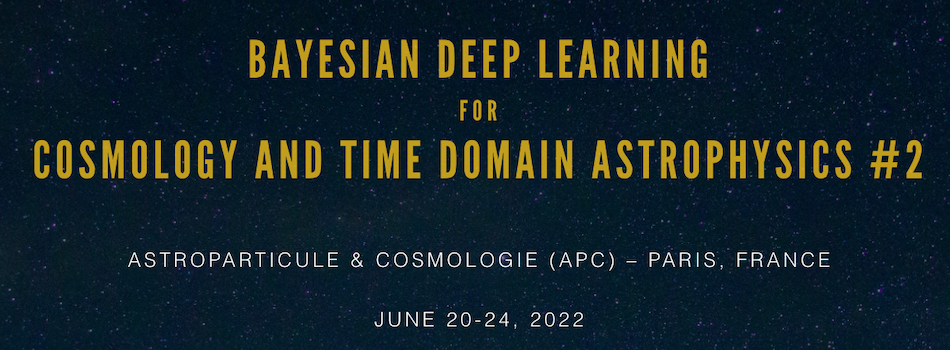The use of type Ia supernovae (SNe Ia) as standardizable candles led to the Nobel Prize-winning discovery of the accelerating expansion of the universe and cemented their role in the quest to understand the nature of dark energy. Accurate cosmological parameter estimation requires a sample of pure SNe Ia with minimal non-Ia contamination, but supernova type confirmation using spectroscopy is...
In order to explore the potential of adaptive learning techniques to big data sets, the SNAD team used Active Anomaly Detection (AAD) as a tool to search for new supernova (SN) candidates in the photometric data from the first 9.4 months of the Zwicky Transient Facility (ZTF) survey – between 2018 March 17 and December 31 (58194 ≤ MJD ≤ 58483). We analyzed 70 ZTF fields with high galactic...
The classic classification scheme for Active Galactic Nuclei (AGNs) was recently challenged by the discovery of the so-called changing-state (changing-look) AGNs (CSAGNs). The physical mechanism behind this phenomenon is still a matter of open debate and the samples are too small and of serendipitous nature to provide robust answers. In order to tackle this problem, we need to design methods...
Modern large scale astronomical surveys scan wide areas of the sky following a predetermined cadence. As a result, their data sets contain records of both, known and unknown (or not yet observationally confirmed) astrophysical phenomena. Such datasets hold an immense potential for discovery, however, their volume and complexity makes successfully identifying such events a far from trivial...

